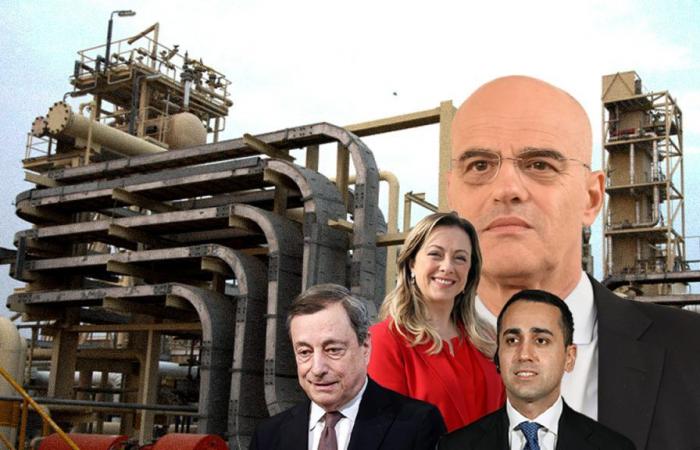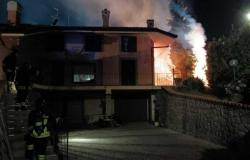Time is a gentleman, Voltaire repeated. After two years it is possible to draw a picture of a failure already announced, despite the rhetoric employed at the time by the “government of the best” and relaunched several times by the Melonian team through the smoky Mattei Plan for Africa. The figures theorized in 2022 in the agreement that linked Italy to Congo for the import of gas in fact, they did not stand up to the challenge of reality. Compared to one billion cubic meters expected by ENI for the past winter, the African state exported only 150 million cubic meters of liquefied natural gas (LNG) to Rome, as reported by the Kpler platform. The Italian energy giant has registered delays in manufacturing the plants necessary, in addition to having a non-negligible problem with the flaringtherefore the practice that sees energy companies burn natural gas instead of capturing it because it would be too “expensive”. In short, yet another tool in the hands of the rich who maximizes profit at the expense of the environment and health.
Among the approximately one hundred producers of natural gas, there is also the Republic of Congo, which however suffers from the lack of an efficient system for extraction and exploration. This is where ENI comes in, which has created the Congo LNG project with great ambitions, which have so far been unfulfilled. At the moment, in fact, there are only two cargoes by ship headed towards Italy, one of which is incomplete and will have to be integrated with US-branded LNG. The first phase of the project has therefore been concluded. far from the set goals; ENI does not give up and is aiming for the second phase, which involves the construction of a further FLNG ship, capable of liquefying natural gas on board, with an operational capacity approximately six times higher than that of the ship currently used. Here too, however, there are delays compared to the roadmap. As Greenpeace reports, the construction of the ship has been entrusted to China, specifically to the Wilson company which, through some documents, has made it known that manufacturing could continue until June 2026. A nice blow for the rhetoric of ENI and the government (first Draghi now Meloni), who aimed to have an annual LNG import from Congo equal to 4.5 billion cubic meters starting next winter.
Just over two years ago, “a very important mission for the Italian government” was concluded in Congo – to use the words of the then Foreign Minister Luigi di Maio. A step that should have contributed to the end of dependence on Russian gas within 18 months, at least according to the forecasts of Roberto Cingolani, who accompanied Di Maio to Africa as Minister for Ecological Transition. An objective that has still not been achieved today, more than two years later. Likewise, the intent of the diversification of supplieswith Algeria practically replacing pre-war Russia in terms of numbers (covering approximately 41% of Italian consumption), also thanks to the flop in Congo. Two countries on which Italy has decided to veer after the economic sanctions against Moscow, in a completely tricolour paradox: punish an authoritarian state to enrich others.
Protagonist of violent repression of dissent, accompanied by arbitrary arrests and limited rights, Algeria has long been under the spotlight of the main human rights non-governmental organizations, including Amnesty International which for the past year has denounced a worsening of the state of democracy in the country. The Republic of Congo is based on an authoritarian structureled by General Denis Sassou Nguesso since 1979, excluding the period between 1992 and 1997. Nguesso pushed for a certain cult of personalityrepressing freedom and rights. The country is at the centre of several complaints by NGOs, which have documented a series of human rights violations committed by Congolese security forces from April to September 2021. During this period, at least 179,000 citizens of the neighboring Democratic Republic of the Congo, including many refugees and asylum seekers, were “rounded up, arbitrarily arrested and forced to leave the Republic of the Congo”.
[di Salvatore Toscano]






